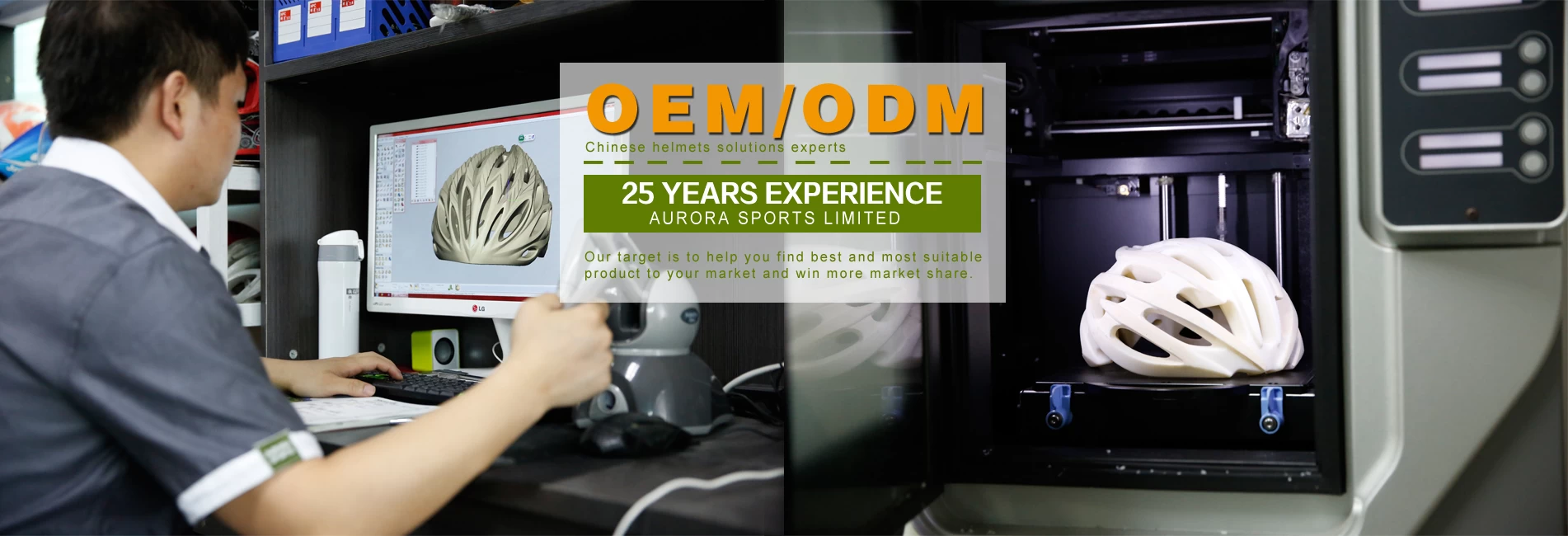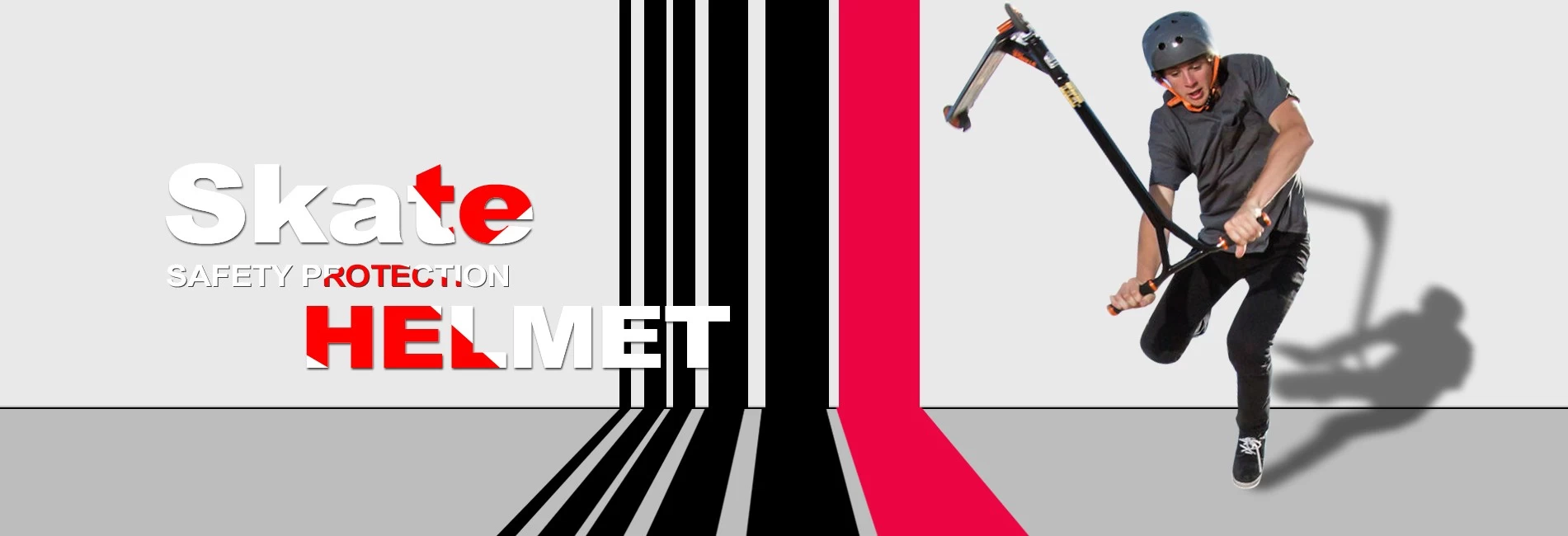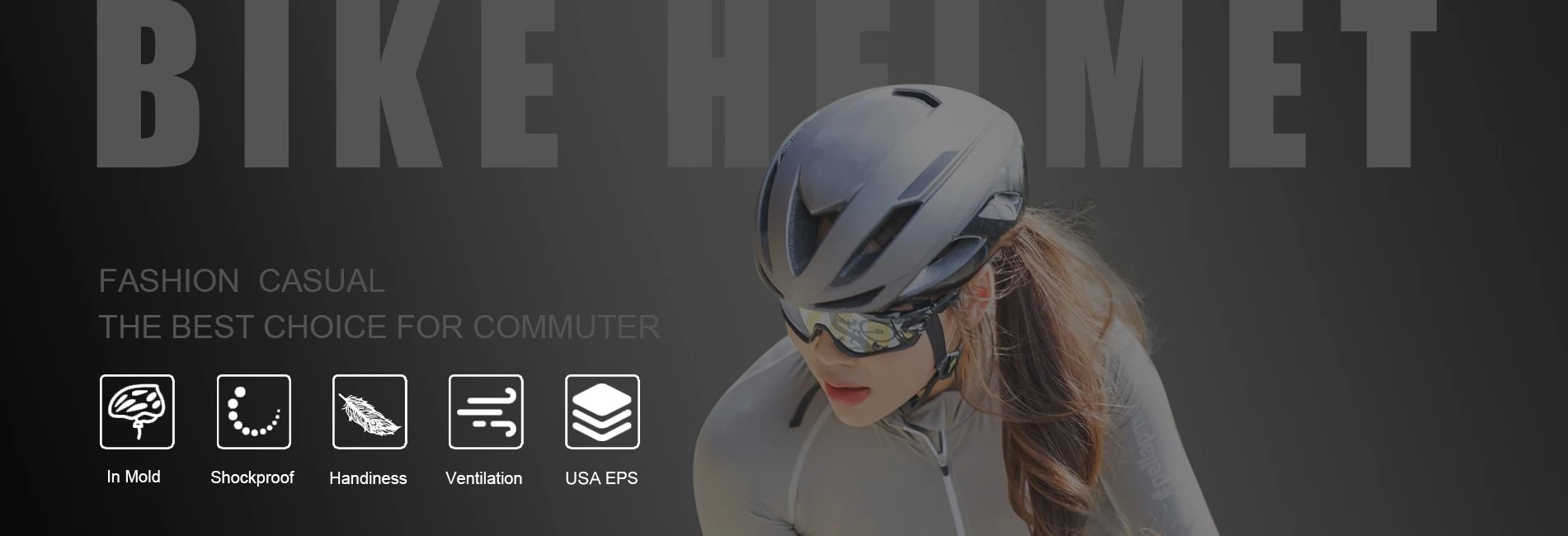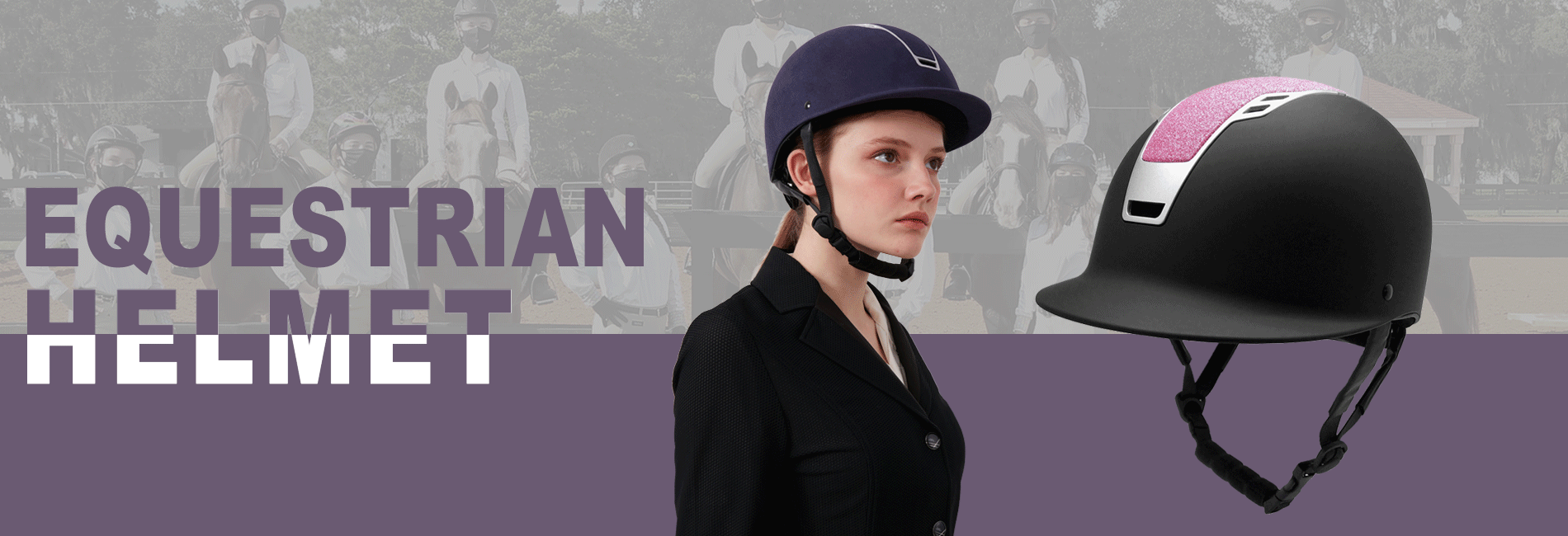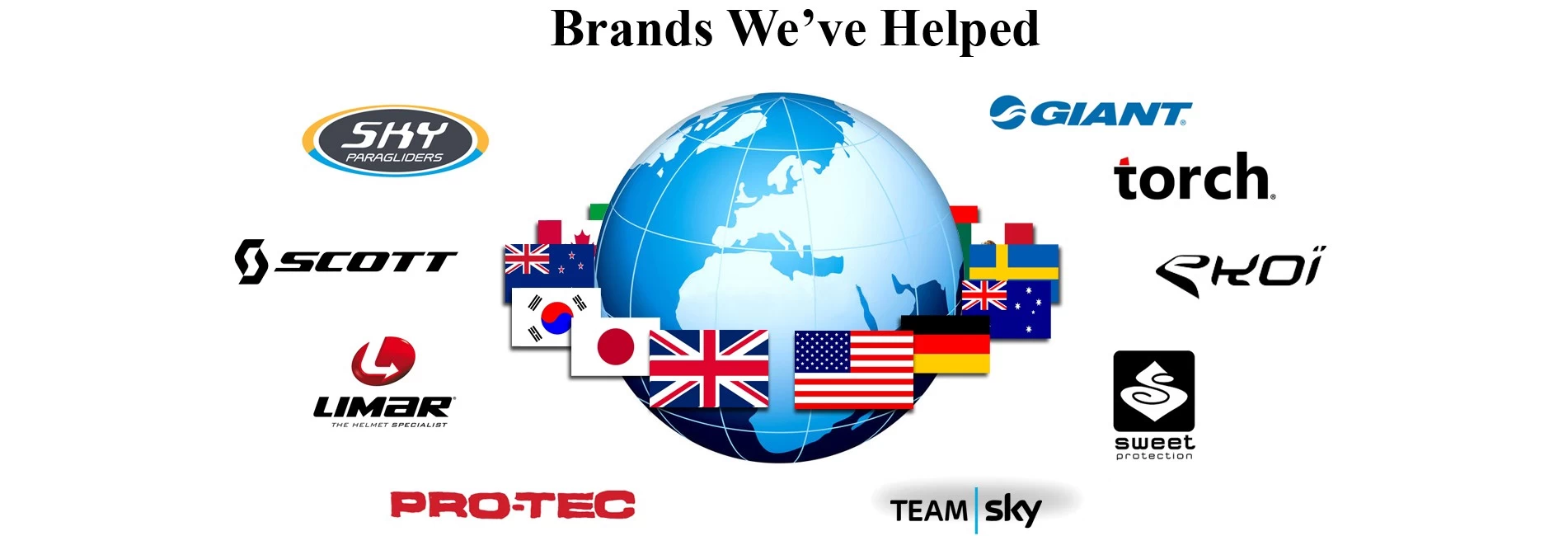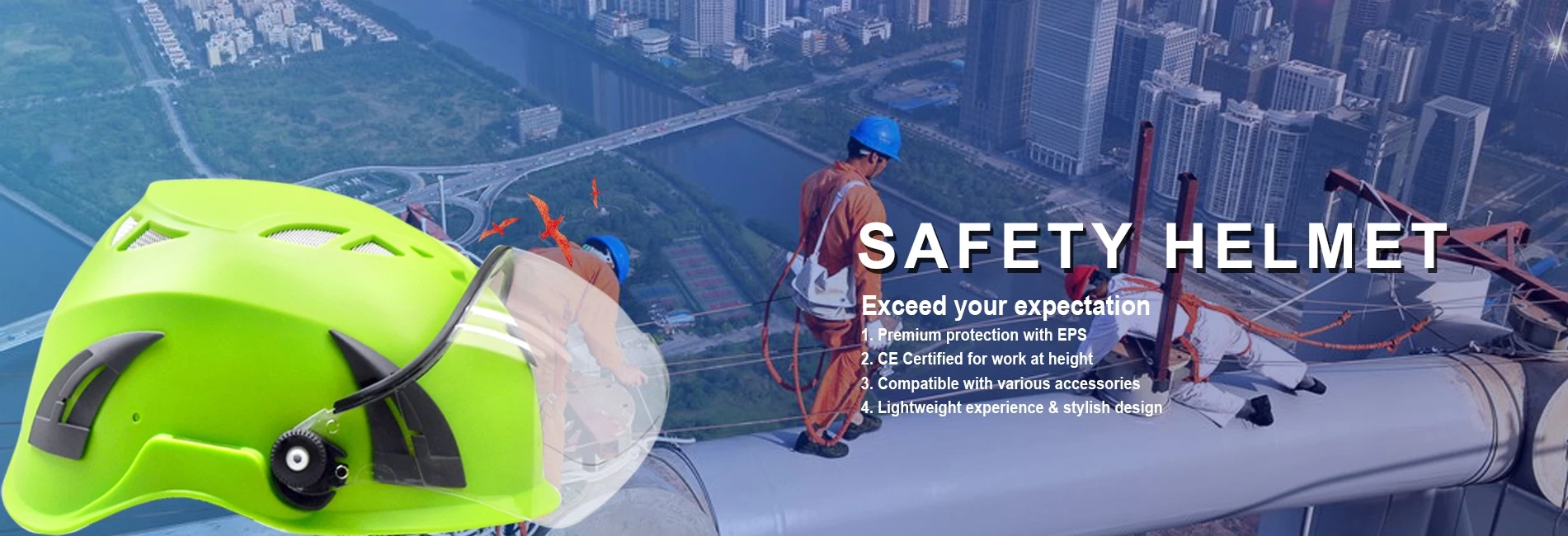Choosing a Helmet
Wilson
2016-04-22 11:24:04
While color, design and price will be a part of your decision about which helmet to buy, protection should be the first consideration. A full-face helmet gives the most protection since it covers all of the head and face. This design has a flip-up face shield that protects the eyes. A three-quarter or open-face helmet can also offer protection. It is constructed with the same basic components, but doesn’t offer the face and chin protection of full-face helmets. If you wear an open-face helmet, you should use a snap-on face shield or a pair of goggles. Ordinary glasses or sunglasses are not sufficient eye protection for a motorcyclist. They can shatter or fly off, and they allow wind and airborne objects to reach the eyes.
Helmets are available in many price ranges. One look around most any motorcycle retailer’s helmet display is evidence that nearly any color, decoration, and design you could want is available. Consider a bright color and adding some reflective material to the helmet to help others see you. The way to find a well-made helmet is to look for the DOT sticker inside or outside the helmet. The sticker means the helmet meets safety test standards required by federal law for all helmets sold in the U.S. There may also be a Snell Memorial Foundation sticker, which indicates that a helmet has passed Snell safety tests.
Since head injuries account for the majority of motorcycle fatalities, head protection is vital. The best helmet is no guarantee against injury, but statistics indicate that helmet use reduces the risk of brain injury by 67 percent.*
Most manufacturers will supply detailed instructions for helmet care. Generally, use only the mildest soap and avoid petroleum-based solutions to avoid breaking down helmet materials. Try not to place your helmet where it could fall to the ground and cause damage.
Helmets are available in many price ranges. One look around most any motorcycle retailer’s helmet display is evidence that nearly any color, decoration, and design you could want is available. Consider a bright color and adding some reflective material to the helmet to help others see you. The way to find a well-made helmet is to look for the DOT sticker inside or outside the helmet. The sticker means the helmet meets safety test standards required by federal law for all helmets sold in the U.S. There may also be a Snell Memorial Foundation sticker, which indicates that a helmet has passed Snell safety tests.
Since head injuries account for the majority of motorcycle fatalities, head protection is vital. The best helmet is no guarantee against injury, but statistics indicate that helmet use reduces the risk of brain injury by 67 percent.*
Most manufacturers will supply detailed instructions for helmet care. Generally, use only the mildest soap and avoid petroleum-based solutions to avoid breaking down helmet materials. Try not to place your helmet where it could fall to the ground and cause damage.


